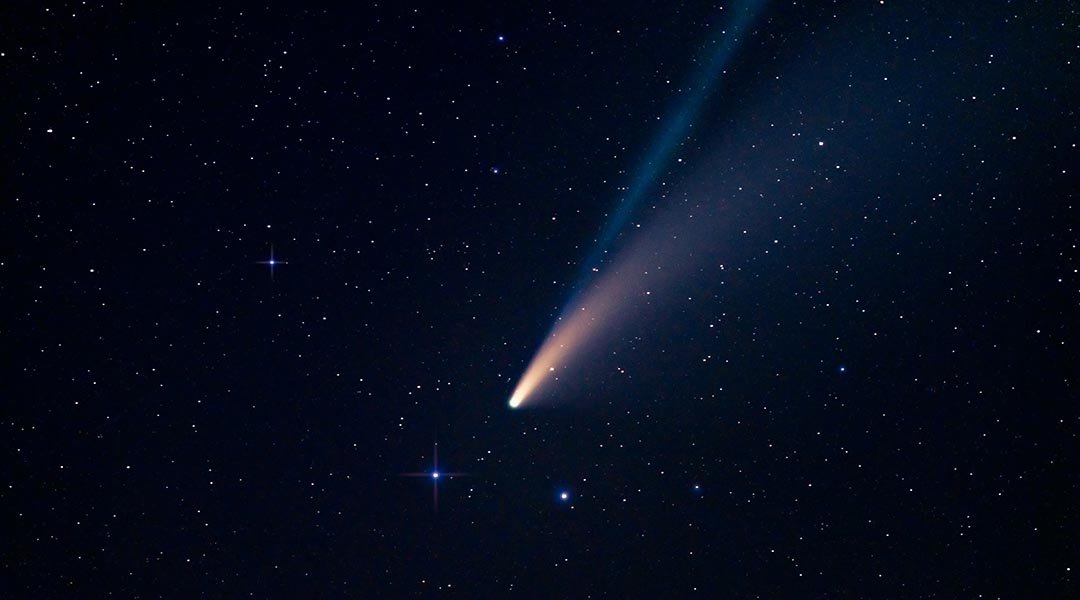
Solar System Comets and Asteroids
Scroll ↓
On the right, you can see measured accelerations on the dark comets, as well as those measured on asteroids from radiation effects.
Strangely enough, the accelerations are predominantly in the polar, out-of-plane A3 direction. This could be explained by seasonal outgassing occurring on rapidly rotating small asteroids. Read our paper Taylor et al. 2024 to learn more
Dark Comets
Recently, we identified seven near-Earth objects (NEOs) that, like ‘Oumuamua, had nongravitational accelerations with no associated dust comae. Although nongravitational accelerations have been measured previously on asteroids that are caused by radiation-based effects, these accelerations — like that measured on ‘Oumuamua — could only be explained by cometary outgassing. Therefore, I called this new population “dark comets.” Learn more in the two discovery papers, Seligman et al. 2023 and Farnocchia et al. 2023.
On the left you can see an image of one of the dark comets 1998 KY26. It has significant nongravitational acceleration but no obvious cometary tail. Excitingly, this object is one of the targets for the extended Hayabusa2 mission.
In addition to this new population of dark comets, I am interested in a variety of small Solar System objects. In our recent work, we looked into how Centaurs are scattered into the inner Solar System (Seligman et al. 2021). Additionally, we proposed a mission to rendezvous and orbit match with a comet as it transitions into the inner Solar System for the first time in its lifetime.


